Subscribe Here: Apple Podcasts | Google Podcasts | Stitcher | Spotify | RSS
Welcome to my review of the Canon EOS R6. I’ve owned the body for almost 6 months now and considering the amount I’ve used it, I feel I can confidently report on the quality of this camera. It may be worth mentioning that I purchased all the gear used in this review and I am not sponsored by any brands. Below is an audio version of the review with timestamps if you prefer to listen rather than read.
The Inevitable Return and the Reasons Why
To begin and provide some context, I started with with the Canon EOS 6D then owned the 6D Mark II. At this point, I really wanted a Full Frame mirrorless body but this was about 6 months before the EOS R released so a switch to Sony was the only option I had (aside from waiting). I really loved the Sony body and in all honesty if I could afford to own both bodies I would. This isn’t the case though and the temptation of the R6 was too much so I gave in and made the Switch back to the land of Canon.
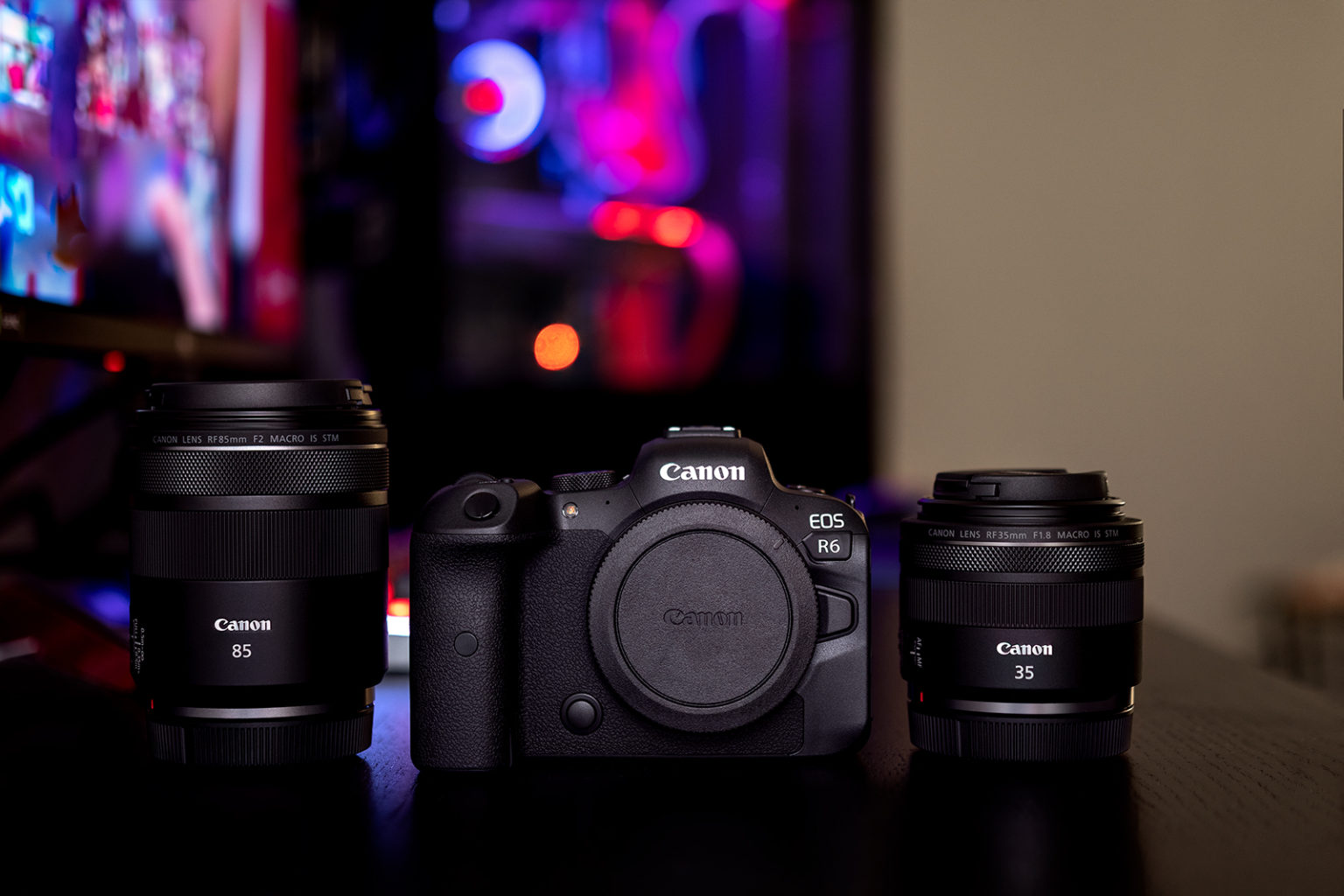
When it comes to why I wanted to switch back to Canon, the main reasons were:
- A fully articulating screen (I do zero video but this is really useful for stills too)
- Both card slots are UHS-II compared to my A7III which had two slots but only one was UHS-II
- Both the rear screen and EVF are a higher resolution. I tried the Nikon Z6 EVF which is the same resolution and it was amazing. I also tried the R6 in store and was really happy with the quality of the EVF.
- Most newer Canon bodies have a bulb timer so you can set the exposure length even when over 30 seconds and not have to worry about a remote! This would have come in handy when I forgot my remote on my San Francisco trip and was limited to 30 second exposures.
- During Timelapse mode, the camera can actually make it into a movie for you just like my Osmo Pocket which is a big plus for me.
- The A7III never got the real time tracking update so the 1DX3 level of tracking and 20fps on the R6 is obviously a huge jump up in performance too.
- The shutter closes when changing lenses to prevent dust which I know some people are mixed on but I personally think this is a great feature.
- The R6 (and most new Canon bodies) have a fully functional touch screen which is really quick to use when changing settings.
- Canon have a better app that allows you to AF and release the shutter independently unlike the Sony one.
Some of these will likely be fixed with an A7IV but all rumors seem to indicate it will be going up market and be around $2500 USD which means it will be a lot higher here (I’d assume it would match the R6 which is $3400 AUD at time of writing). The rumored improved specs for the A7IV seem to be more video orientated which doesn’t interest me so I have zero regrets so far.
Similar to how I swapped back, Canon have a great body available now but the A7IV doesn’t exist yet so there’s no point in waiting for it.
A Great Balance of New and Familiar
Although not greatly different, when you look at and hold the EOS R and RP, they do feel different. When I first seen/held the R6, I was pleasantly surprised to see that it looked just like a smaller, thinner DSLR. Many people prefer the ergonomics of a DSLR but not the weight so this found the right balance between the two.
You’ll often hear people say that when you use one Canon camera, you will easily be able to use them all. I would say this is definitely true of the R6 but there are some new additions in there that some may be unfamiliar with. I have never owned a 5 series body so I’m not sure if they have this feature, but both the R5 and R6 bodies have the AF Servo Cases that can be found on the 1 series bodies.

These cases allow you to customize the way Servo will operate. For example Case 2 will continue to track subjects, ignoring possible obstacles whereas Case 4 is for subjects that accelerate or decelerate quickly. You’ll find that when you get the camera you will need to experiment to see which one works best for you. I generally shoot in Auto and switch to Case 2 if I’m shooting wildlife as I do feel it sticks to the subject more.
Aside from this, the main area I needed to get used to when using the R6 was button layout. For those who are transitioning from a Canon DSLR, you likely won’t notice a difference. As I was used to the button layout on Sony which has a lot more buttons, I still reach for them from time to time but it’s becoming less of an issue. I would say the Canon R6 has the advantage in the fully functional touch screen which can be a lot faster to operate compared to using buttons and dials. I also find using touch and drag a must faster way to change AF points compared to the joystick which I’m used to using on Sony.
Why This Body Is Almost Perfect for Me
There are a lot of reasons to love the Canon EOS R6 and I feel it lived up to my expectations in every way. I could simply leave it at this but that wouldn’t be very fun or informative so here I’ll go into the many reasons why I enjoy the Full Frame mirrorless body.
The autofocus is easily one of the biggest strengths of the R6. This features the same autofocusing system of the Canon R5 and 1DX III with the latter being Canon’s flagship body. I would say this really shows in use when tracking subjects and even with its accuracy. To give a bit more context, I would say in terms of accuracy you really can’t go wrong with almost any full frame Mirrorless body from either Canon, Sony or Nikon.

In terms of tracking, I do find the R6 has an advantage over my old Sony A7III due to the fact it never got the Real Time Tracking (RTT) autofocus that their newer bodies have. I found with the Sony A7III that when I tried to track a subject, it would always jump around to different subjects. This wasn’t as much of an issue with the A9II which has RTT and I would say matches the R6 in terms of the way it tracks a subject.
The fact that I can now have such an advanced level of autofocus, I can try different types of photography such as bird photography. Although you can really do this type of photography with any body, the greater the autofocus the easier it is. The greater your skills are in these scenarios the less you need to rely on the features of the camera. As I can count on one hand the amount of time I’ve done wildlife photography, my skills are quite lacking.

Eye autofocus is a feature that’s pretty much a must for any modern mirrorless body. I find the R6 works really well for both humans and animals. You definitely do need to change the Eye AF priority setting though as it won’t work as well if you have it set incorrectly.
Admittedly I used to be quite a snob when it came to third party lenses. I always felt that the AF issues they were known for weren’t worth the price savings over first party options. In saying that if you managed to buy a good copy proved to be amazing and capable lenses. Although I’ve never seen any solid confirmation of it, Sony allegedly share their autofocus protocol with third parties which means the AF issues are a thing of the past. During my time with Sony I owned a Samyang, Sigma and Tamron lens in native E Mount and all 3 lenses performed as good as my native lenses did.
At the time of writing there isn’t many third party lenses aside from a few from Samyang. This may seem like a big issue for some but there’s one thing to keep in mind, the massive library of EF third party lenses. As someone who owns the EF to RF Mount adapter, I can say with certainty that lenses work like they would natively if not better due to there being no miscommunication between the sensor, mirror and lens.

At first I was using the Canon EF 50mm f/1.8 STM with the adapter which I was pleasantly surprised by. I had never liked this lens as it was always soft with my 6D Mark II and M5 but when using it on the R6 it was like a new lens. It even performed better than on the A7 III. Because of this I swapped to the RF version which is a great lens and doesn’t have that ‘plastic fantastic’ feel like the EF lens did.
The main EF mount lens I use now is the Tamron 100-400mm f/4-6.3 which I would say performs excellently on the R6. Keep in mind this is my first 100-400mm lens of any brand so for all I know it might perform horribly compared to a Canon branded one but I’ve had no issues with mine so it’s quite unlikely. It’s worth keeping in mind that if you do decide to buy an EF lens for your R6, Canon is starting to discontinue them so reselling them later on might be more difficult.
Before getting the Sony A7III I would always preach that dynamic range didn’t matter. After getting used to the flexibility of the Sony’s files, I would say my stance changed slightly. I still don’t think it’s the most important aspect of a camera but it definitely can help depending on your shooting style. In saying that, dynamic range shouldn’t be a concern for you when using the Canon R6. Below is an example of what you can recover when you expose for the highlights then recover the shadows.


You’ll find many technical comparisons about the dynamic range of the R6 vs the Sony A7 III and how different shooting modes like electronic shutter can affect this. The simple fact of it is, I haven’t noticed any difference between the two performance wise and don’t see why anyone would. For high ISO performance I quite like the Canon and I find it very clean, even up to ISO 12,800. If you use something like Topaz Denoise, you can easily remove the noise in images up to ISO 25,600.
Two of the main issues I had with my A7III was the rear screen and EVF. For the former, it was not only quite a low resolution but also wasn’t fully articulating. For the latter, it left a lot to be desired due to its low resolution. The R6 solved these two issues for me as the rear screen is fully articulating and the EVF is a much higher resolution. I also keep my R6’s EVF on the higher refresh rate and although it does drain the battery faster, the smoothness along with the resolution makes it night and day better compared to that of the A7III.
Now I’m not too sure if this is really body dependant but I’ve noticed that with the R6, the bottom of the body has small holes. I believe this is intended to help hold the battery grip in place (I may be wrong) but also benefits those who use L Brackets. This may also depend on what brand of L Bracket you buy but with my SmallRig one, they include small pins on the bracket to fit in these holes to prevent the bracket from moving in use.
This may not sound like a big deal but with the SmallRig L Bracket I had for my A7III, they didn’t have these holes or pins that I could see which means the bracket would often shift around. Once again this isn’t so much reflective of the camera itself but more of the ecosystem and accessories on offer. Speaking of accessories, one feature on the R6 has made a wireless trigger a lot less useful. That feature is the bulb timer which can be seen below in action.
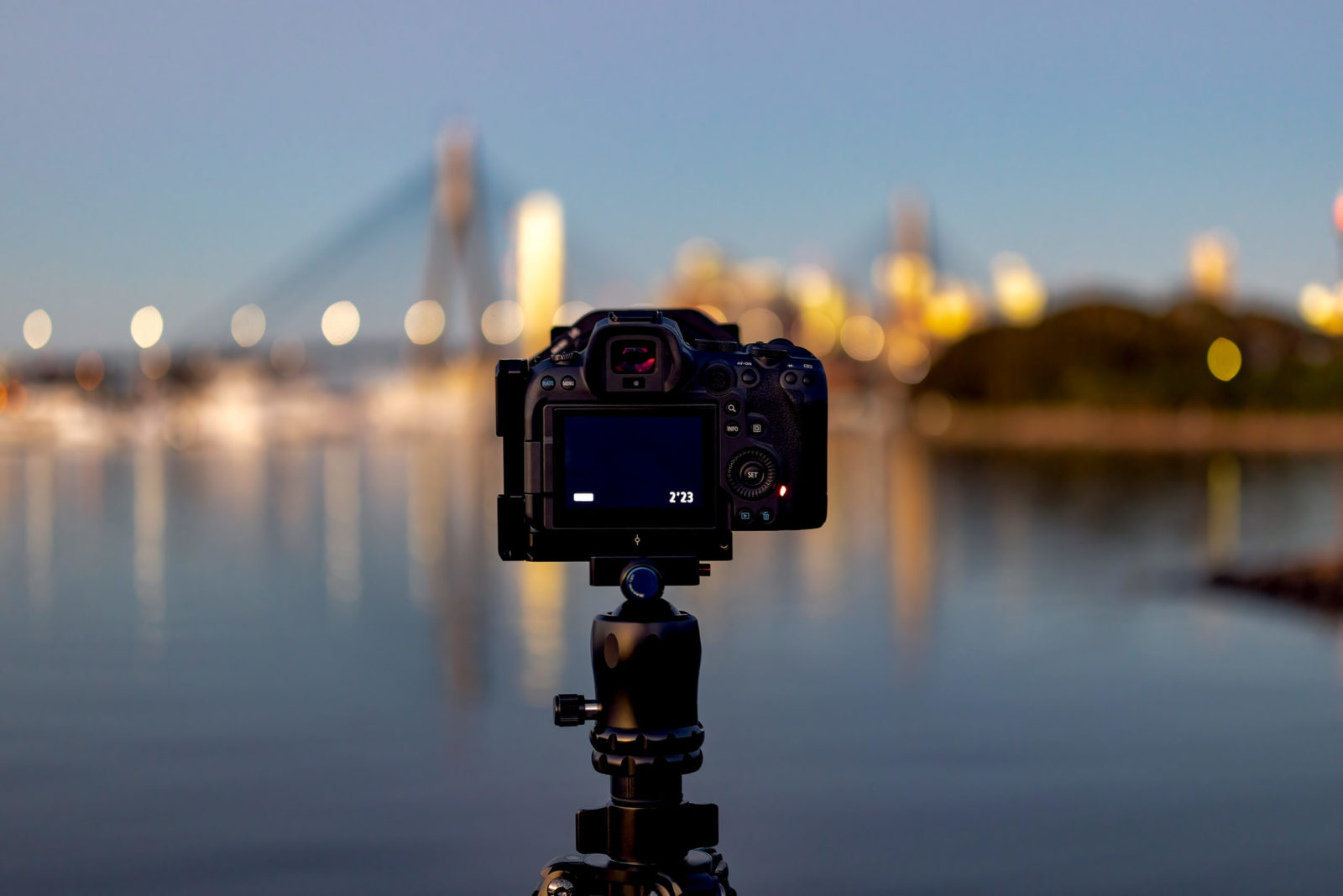
The bulb timer allows you to set the exposure length by selecting the hours, minutes and seconds it will run for. If you use this along with a 2 second timer then it really eliminates the need for a remote trigger if you primarily shoot landscapes/cityscapes. They are still useful if you use them for non bulb shooting but now when I go out for photos I rarely bring one.
Having two cards slots is great but when they are the same type, it is much more effective. Despite having two UHS-II slots, I only ever use one on the R6. Generally the second slot is just used for storage in case I forget to bring the main card along with me. If I was doing events or travelling I would likely set the second card to a backup but otherwise I see no need with what I shoot.
Pricing is both worth mentioning but also a difficult thing due to the fact that it is different per region. In the United States the R6 launched at $2499 USD and has stayed there which is honestly quite fair pricing for what it can do. Here in Australia though it launched around $4300 AUD and some stores are still selling it at that price. If you include a Canon cash back which has been running for a while, I’ve seen it go as cheap as $3400 AUD. This is a much fairer and more honest pricing but retailers here in Australia really like to milk us for all they can. I would say that at it’s current USD price and it’s sale price here in Australia, it is really great value and not something that wouldn’t be a waste of money.
The Minor Gripes
This is a a very short list mainly due to the fact I’m not a very picky person when it comes to camera features. I’ve seen some people complain about the megapixel count or video specs but these aren’t really an issue for me. In regards to the former, higher megapixels would be nice but considering I generally post everything online at 1600px or 2880px wide, it isn’t a must for me. I generally try to avoid cropping images as well which is another area the megapixel count may be limiting for some.
When it comes to the actual issues I have with this camera, the first one is auto rotate in image playback. When reviewing images on many cameras (such as the Canon M5 or Sony A7III) in either the EVF or rear screen, the image will rotate to match the way you hold the camera. This can be very useful for reviewing portrait orientated images and something I got used to on Sony.
The other minor gripe I have is to do when shooting images. On Sony you can enable zebra stripes to show you if certain highlights are going to be clipped. Canon cameras have always allowed you to see this when reviewing the image, but not while shooting. This is very useful as if you are trying to expose for your highlights, you can find the brightest exposure possible before blowing the highlights then dial it down a bit. This will allow you to protect the highlights but not underexposed the shadows too much either.
If Canon added these two features to the R6 then it would be literally the perfect camera for me. I’d like to think this would be possible through a firmware update too so hopefully one day soon I can obtain this. Aside from these two things, I have no other complaints. You could always want more like extra megapixels, a higher resolution screen or more dynamic range but it isn’t always needed.
Below is a collection of images I’ve taken with the R6 and various lenses.






















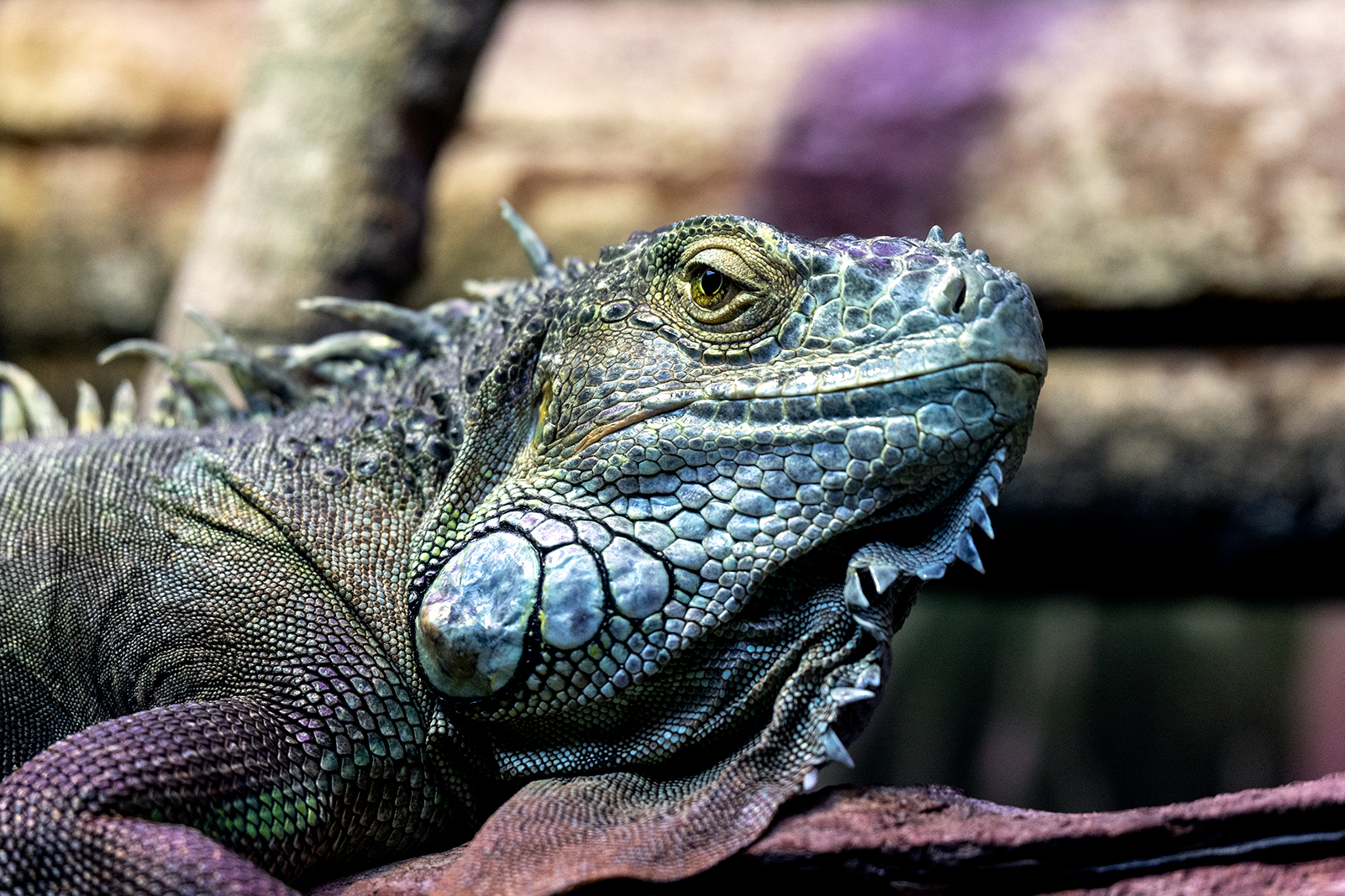




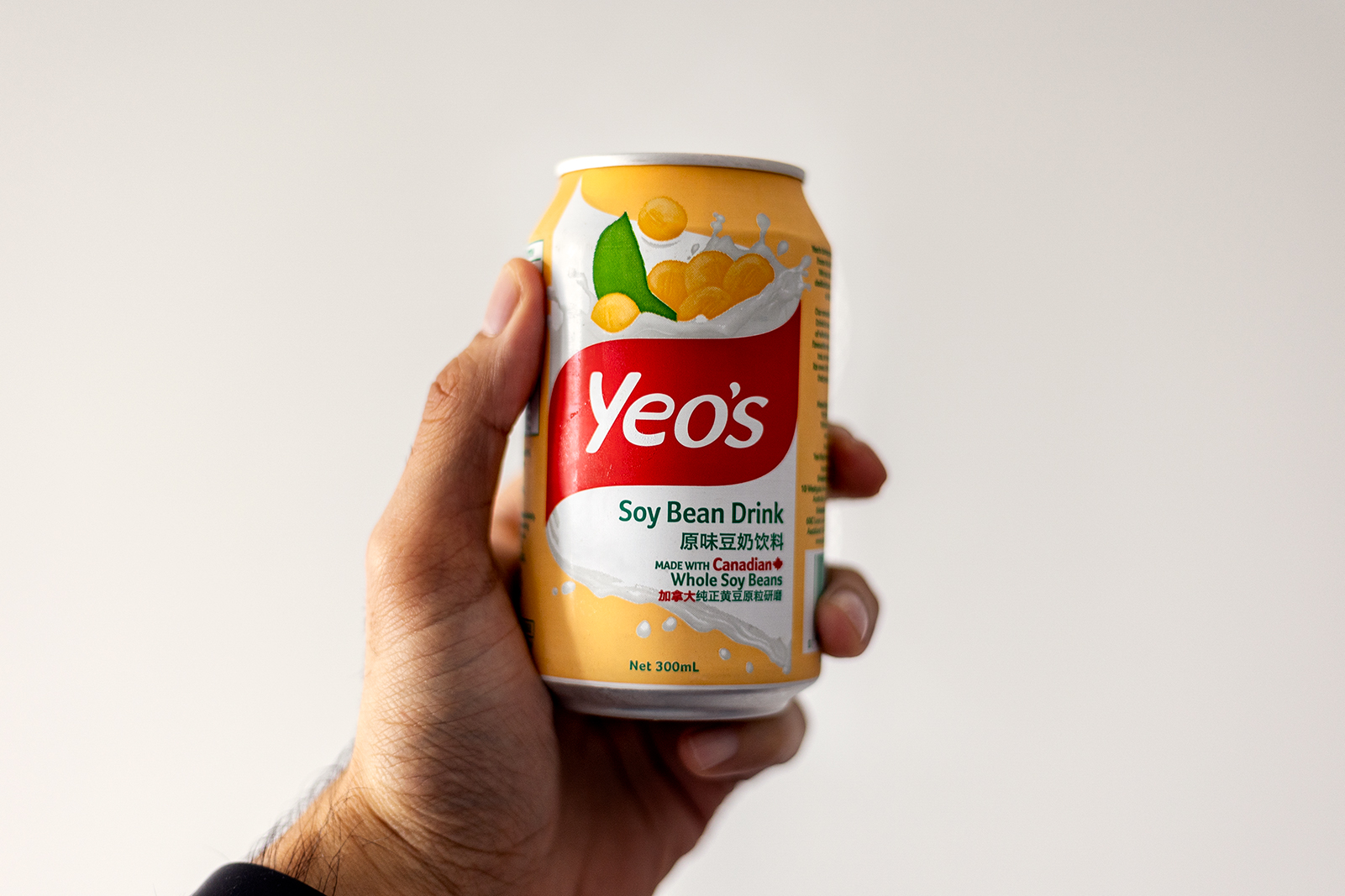








Summary
The Canon EOS R6 is the type of body that might not seem as appealing due to it being only 20 Megapixels but proves its worth in real world use. If you want a body that will give you 1DX3 level autofocus and the dynamic range to be able to handle harsh conditions, this body will easy excel at the job.
Pros
- IQ and dynamic range that can easily match the competition
- Excellent autofocus
- Fully articulating screen and great EVF
- Ergonomics are great
Cons
- Somewhat pricey compared to the previous 6 series models
- Battery life could be better
- Higher Megapixels would be nicer but not essential for all
Build
Image Quality
Autofocus
Price
If you’ve enjoyed this review and would like to be notified of future posts, please subscribe below.

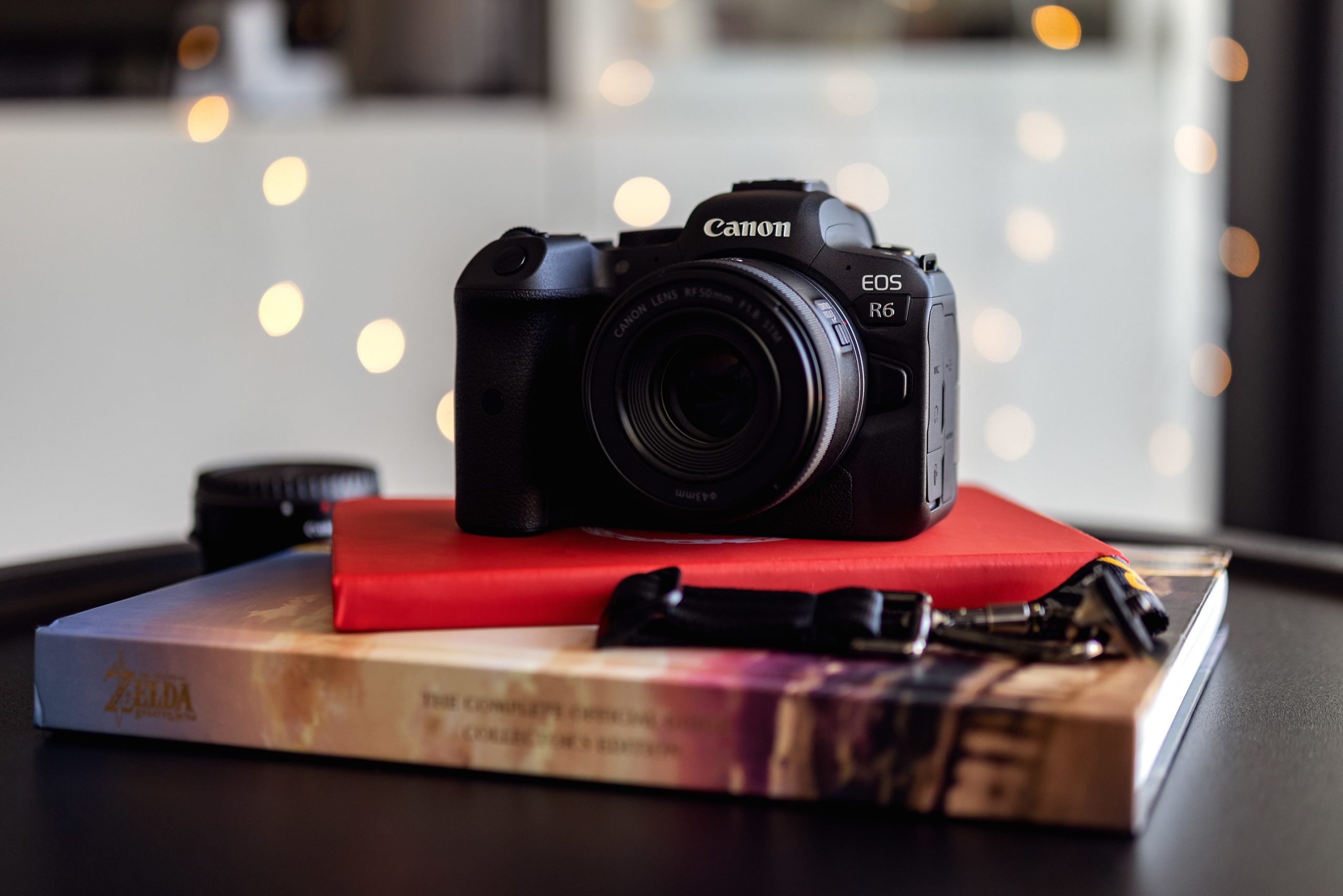

Hey Daniel.
Many thanks for this review and others.
Like you, my favourite lens of all time is the EF 35 f2 IS USM. I moved from Canon to Sony but miss that lens. I’m considering the new-ish f1.4 GM but its silly money. May try the f1.8, which brought me to your site.
Will stay with Sony for the time being but never say never about going back ….
You have some brilliant and inspirational photos on here.
Happy photo-ing (as my wife calls it!).
All the best from the UK.
Cheers
Simon
Hi Simon!
Thank you for the kind comment, you’re welcome!
Yes the EF 35mm f/2 IS is easily still one of my favorite lenses to date! I now have the Canon RF 35mm f/1.8 and I feel it’s got a special feel like the EF lens!
The GM does look like a fantastic lens and I’d say the only real downside to the Sony f/1.8 lens is its rendering which doesn’t really have any special characteristic to it. The same goes for the Sony FE 85mm f/1.8, a fantastic lens in every way but probably rendering. If you don’t mind bigger lenses, the Sigma 35mm Art in E mount (DSLR or DN version) might be an option.
Yeah I thought I was set solid with Sony and in all honestly they have really great third party lens options and killing in that regard.
Thanks again and happy photo-ing to you too!
Regards from Aus
Daniel
Hi Simon!
Nice review.
Did you discover the „rotate stills“ on the Playback menu yet? It does what you ask for in your review above.
David
Hi David,
Thank you for reading the review!
So with that “Rotate Stills” that setting changes their actual orientation but what I’m referring to that used to be present on M series bodies and the Sony’s is when you are in playback, if you hold the camera in a vertical or landscape orientation the image will automatically rotate to match the way you and holding it. It was a small but nice touch, especially for vertically orientated images.
Thanks
Daniel
Hi David. Just stumbled across this review, and wanted to thank you for putting it together. Now that the R7 and R10 crop sensor cameras are out, would you still recommend the R6? The price still hasn’t dropped much, so curious if you still think there’s still value in going for the R6.
Hello, thanks for reading it! I personally prefer a FF body for the better high ISO performance and although the R7/R10 AF seems to be good from what I’ve seen in comparisons, it seems the high ISO performance still isn’t on the same level as the R6. It really depends one what lenses you want and sort of go from there. I actually sold the R6 very recently due to the lenses available.
What did you buy to replace the R6?
I purchased a Sony A7IV! In the more recent post on the site (is this the end to my camera addiction) I go over the reasons why in more detail but it’s pretty much due to lens pricing.
Thanks again Daniel! Just a question – with Canon announcing the R6 ii, would you be enticed back to Canon for it? 24 Megapixels, improved sensor and autofocus, etc…. 😉
No problem CLB! I have zero temptation at all actually! I was REALLY happy with the R6, the only complaints I had with it were firmware related (zebra highlight warnings). For it was always about the lens range and pricing so the R6II is a great upgrade over an already near perfect body for me, it doesn’t entice me as the lenses I got now on Sony/Fuji are better offerings than what I could get on Canon for the price if that makes sense 🙂
Great review. Stunning photos!!!!! Thanks for the info.